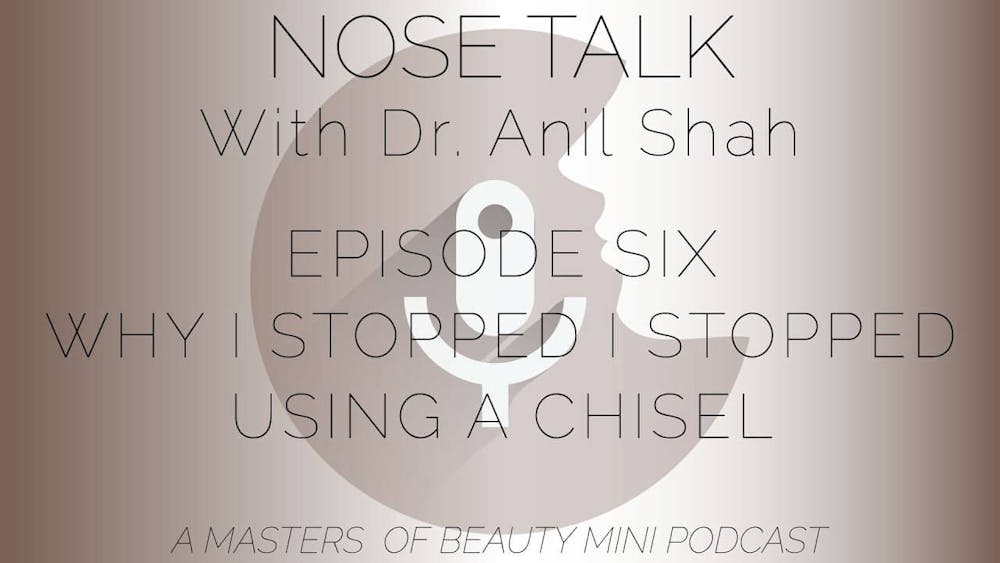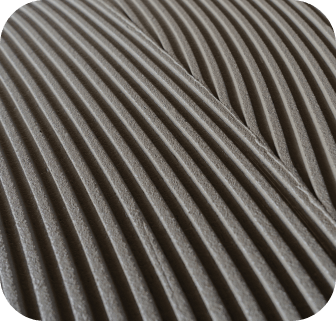This audio podcast has been transcribed using an automated service. Please forgive any typographic errors or other transcription flaws.
So a question that happens is why did I stop using the hammer and chisel approach to the nose? Um, you know, I, I’ve used hammer and chisel approach for nose since 2002, and I’ve done this for a long time and it’s not that it’s a bad technique, but it’s just not as accurate and as precise as other better to technologies. And of course, with any technology there comes sort of a cost and expense for you as the surgeon or a surgical center, or what have you. Uh, but for the patient, my end goal is to give them the best result that I can physically deliver. And so the traditional approach for doing rhinoplasty is to use a chisel, which is a sharp edged metal instrument. Um, and then a hammer. The problem with this is that the nose itself is extraordinarily delicate. Um, many of my females, not all of my patients, but many of my patients are, uh, female patients who, um, have really delicate bones, but even my male patients are wanting some changes, um, in this delicate structure where you’re talking fractions of a male meter.
Um, the other reason, um, I stopped doing this is because the control factor, if you think about this, if you ever work on statues and sculptures and, and marble and other materials, you use a sculpture, you use a hammer in a chisel really just to kind of start the beginning rough process of chiseling. But once you get down to some of the finer details, you’re gonna use a different tool. You’re gonna use some sort of sanding device, whether it’s a power sander, um, or, or so forth, but you’re really going to do that. So you can kind of create the smoothness to the statue. Otherwise it’s not possible to do that with just a chisel. Um, you know, I think it’s similar with a nose you can consider starting with a chisel. Um, but there’s a reason I don’t do that is because when you take a chisel to the nose, you have living tissue and you’re sacrificing some of that tissue. You’re pulling out some of the membranes in mucosa when you do that, it’s not possible just to selectively pull out the area you want to without pulling out these other areas in tissue. So again, for me, I use a couple of different technologies for patients, um, and these technologies help me smooth out the nose and most importantly, preserve their underlying soft tissues and overline soft tissues so the patients have the most natural noses, uh, at least that I can think of.

